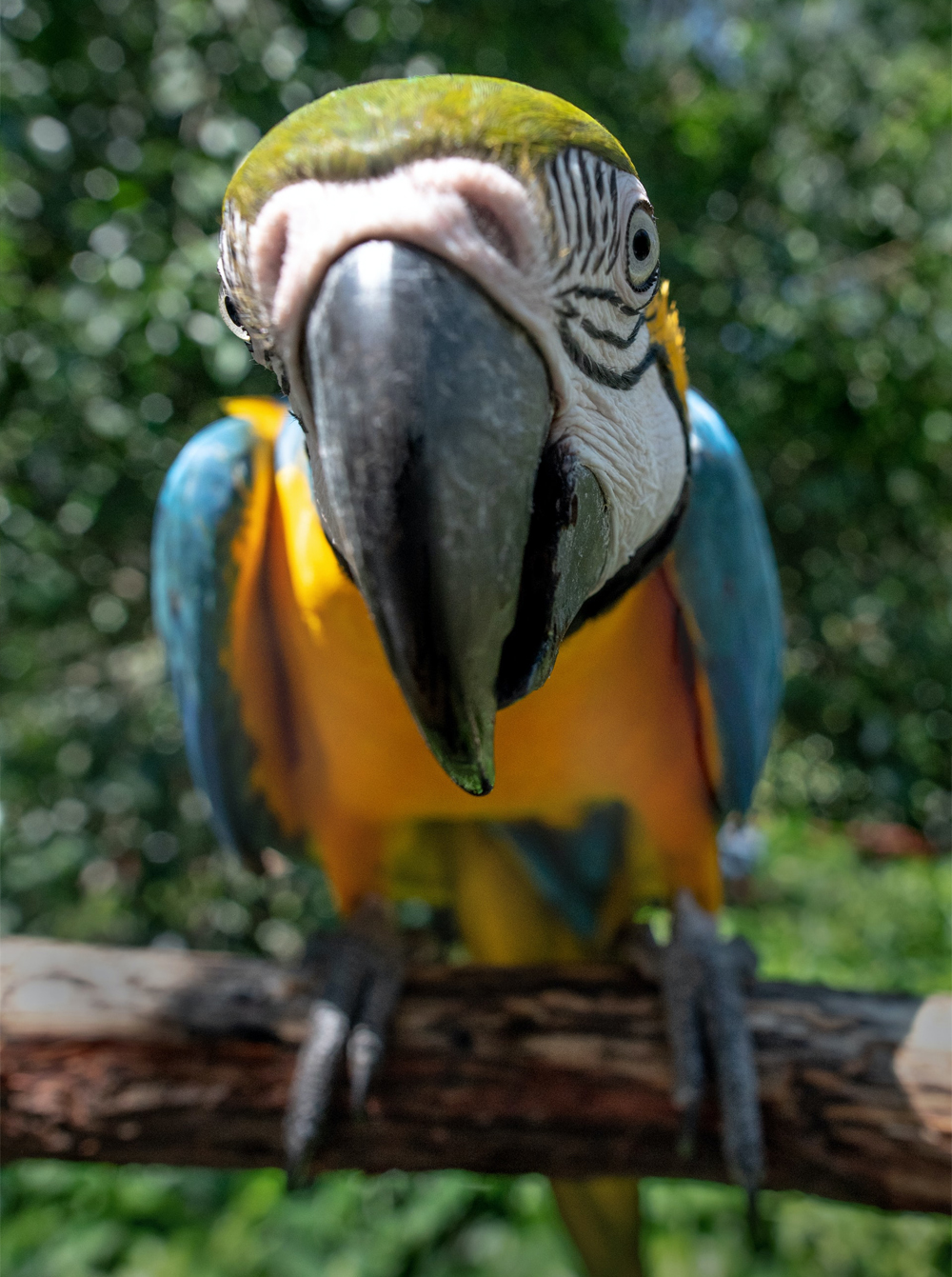Original Article: https://blog.theanimalrescuesite.greatergood.com/parrot-lifespan/
The animals have one-upped us again when it comes to unlocking the secrets of long life.
Just like how the Yellow-Bellied Marmots are able to slow down their aging, Parrots are also able to live a surprisingly long life.

Researchers find out that the secret of a parrot’s long life may be connected to their large brains. An article published by the Royal Society says that species-specific patterns of longevity are linked with allometry and life-history variables. In general, larger species tend to live longer. Take the Blue Whales for example, the massive species can grow up to 110 feet and they have the average lifespan of around 80-90 years.
Parrots, however small they are, live exceptionally long. The researchers attribute the species’ long life to its bigger brains. Contradicting some studies that say that there is a negative relationship between brain size and longevity, the article shows evidence that the majority of those previous studies have suggested a positive effect of larger brain sizes on longevity.

The researchers focused on three hypotheses in their study to explain the correlation of larger brains and longer lifespans. In simpler terms, the three proposed hypotheses: First, cognitive buffer hypothesis wherein the larger brain of a parrot allows it to be able to solve problems that would help them survive and increase their mortality. Second is the expensive brain hypothesis wherein brain tissues are able to slow down the pace of life through increased developmental time and increased parental investment per offspring. And lastly, the delayed benefits hypothesis which shares the similar idea of the second hypothesis but focuses more on how a shift to a higher quality of diet lowers adult mortality rate and encourages more parental investment which results in an intergenerational skill transmission between parent and child.
Basically, the research says that long-lived, extractive foraging species evolve larger brains because they can benefit most from learning.
Faced with the difficult task of collecting data, the researchers teamed up with an organization that specializes in the collection and sharing of knowledge on animals and their environments. With their collaborative efforts, they were able to gather data from over 130,000 parrots from over 100 zoos. The researchers found out the life expectancies of various parrot species, ranging from 2 years for the fig parrot and up to 30 years for the scarlet macaw.

Simeon Smeele, lead author of the research, says that “living an average of 30 years is extremely rare in birds of this size… Some individuals have a maximum lifespan of over 80 years, which is a respectable age even for humans. These values are really spectacular if you consider that a human male weighs about 100 times more.”
During their research, the team combined their data and ran models for the three hypotheses they presented in their article. They were able to get results that support their first hypothesis, larger brain size enables parrots to have longer lifespans because of their heightened cognitive abilities.
“This supports the idea that in general larger brains make species more flexible and allow them to live longer. For example, if they run out of their favourite food, they could learn to find something new and thus survive,” said Simeon Smeele.
For their second and third proposed hypothesis, it seems like their team wasn’t able to see any supporting data that states that diet, or extended development time did not result in a greater average lifespan in parrots. And it seems like this article, factually not the first research to tackle the correlation between brain size and longevity, would certainly not be the last for the parrot species.
The research team plans to continue their research and expand their data gathering to explore if there is any correlation between the parrot species’ sociality and cultural learning and their longer lifespans.

“Large-brained birds might spend more time socially learning foraging techniques that have been around for multiple generations. This increased learning period could potentially also explain the longer life spans, as it takes more time but also makes the foraging repertoire more adaptive,” says Smeele.
Exploring the sociality of the species might provide the researchers some data to support one of their hypotheses. “We are really excited to see if long-lived parrots also have a ‘childhood’ in which they have to learn everything from finding and opening nuts to avoid upsetting the dominant male. Ultimately, we would like to understand which evolutionary drivers create a species with a life-history very similar to our ancestors,” said Smeele.
Want to read how smart a parrot is? Read here to see the resourcefulness of this amazing species.
Source: The Animal Rescue Site Blog












